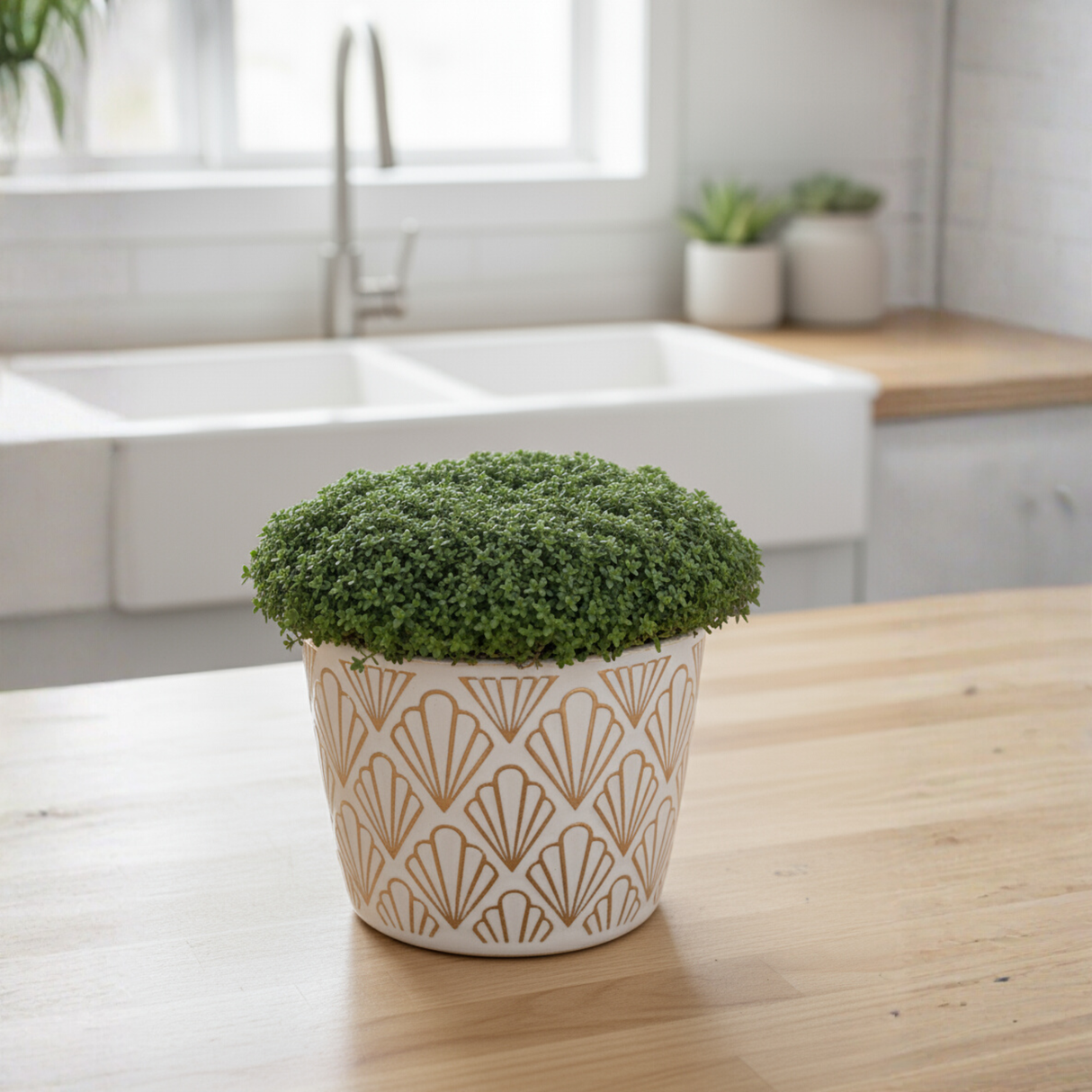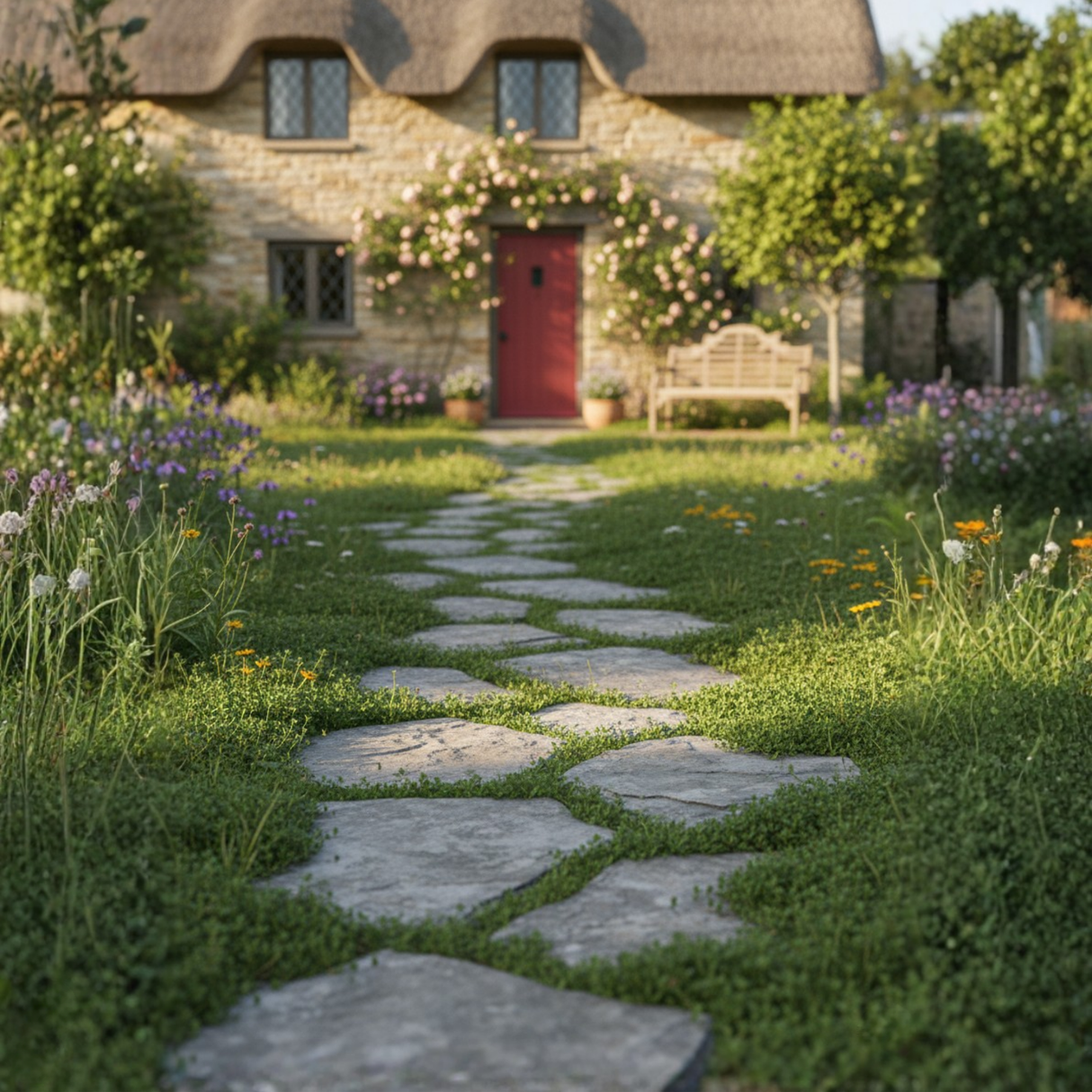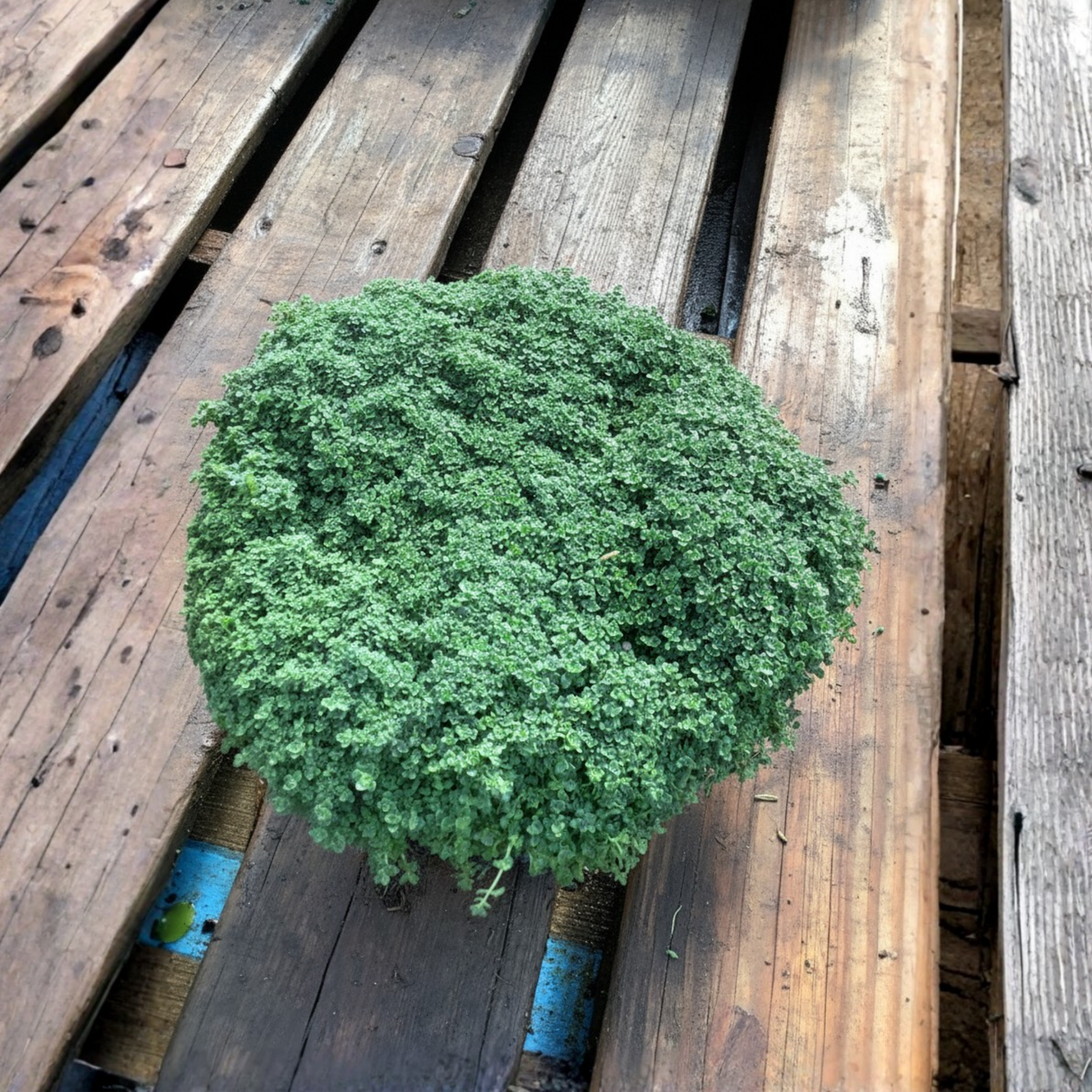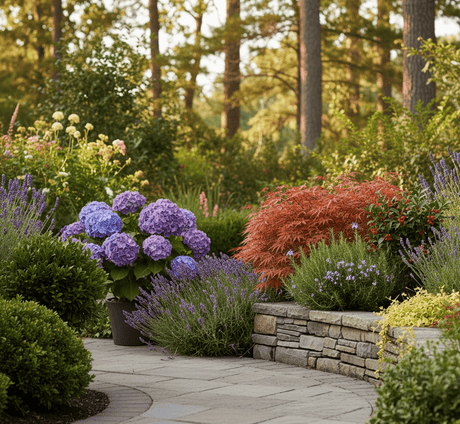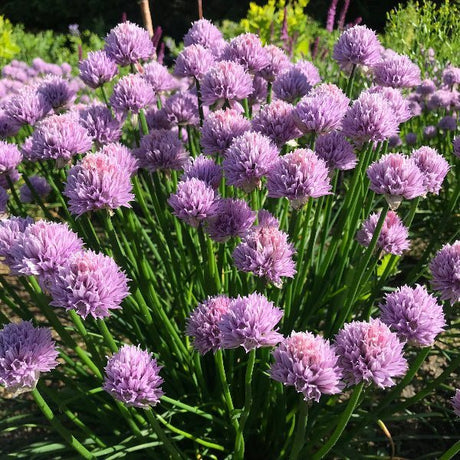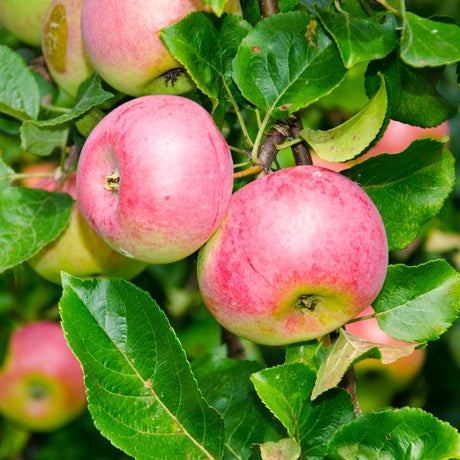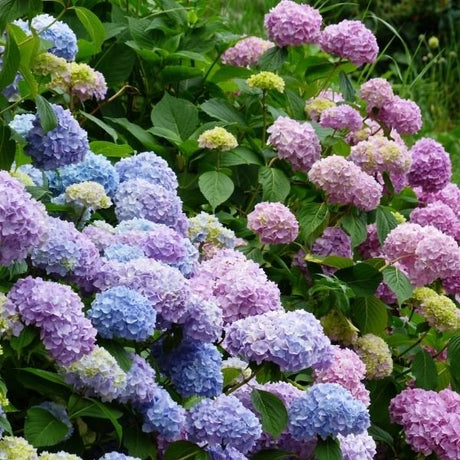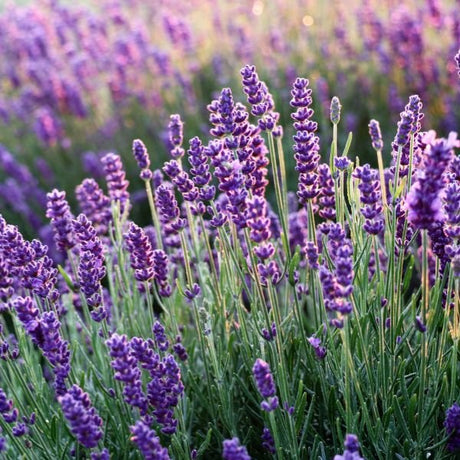Elfin Creeping Thyme
Thymus serpyllum 'Elfin'
- Stay Protected with Plant Sentry ™
Elfin Creeping Thyme - #1 Container is backordered and will ship as soon as it is back in stock.
Plant Sentry™
Plant Sentry™

Plant Sentry™ Protected
Your order is protected by our compliance system that:
- Prevents restricted plants from shipping to your state
- Ensures plants meet your state's agricultural requirements
- Protects gardens from invasive pests and diseases
Delivery and Shipping
Delivery and Shipping
Delivery and Shipping
Fast, Safe Plant Delivery
Ships in 3-4 business days • Tracking provided • Weather protected
| Under $50 | $9.99 |
| $50 - $99.99 | $14.99 |
| $100 - $149.99 | $16.99 |
| $150+ | $24.99 |
✓ Zone-specific timing • ✓ Professional packaging • ✓ Health guarantee
Understanding Plant Options
Nature Hills offers plants in two main formats:
- Container Plants: Grown in pots with soil, sized by container volume and plant age
- Bare Root Plants: Dormant plants without soil, sized by height measurements
Container Plant Sizes
Container sizes indicate plant age and growing capacity rather than liquid volume equivalents. Our containers follow industry-standard nursery "trade gallon" specifications, which differ from standard liquid gallon measurements.
Young Plants (6 months to 18 months old)
| Container Size | Actual Volume | Metric Equivalent |
|---|---|---|
| 2" x 2" x 3" | 0.18 - 0.21 dry quarts | 0.20 - 0.23 dry liters |
| 4" Container | 0.31 - 0.87 dry quarts | 0.35 - 0.96 dry liters |
| 4.5" Container | 0.65 dry quarts | 0.72 dry liters |
| 6" Container | 1.4 dry quarts | 1.59 dry liters |
| 1 Quart | 1 dry quart | 1.1 dry liters |
| 5.5" Container | 1.89 dry quarts | 2.08 dry liters |
Established Plants (18 months to 2.5 years old)
| Container Size | Actual Volume | Metric Equivalent |
|---|---|---|
| 2 Quart | 2 dry quarts | 2.2 dry liters |
| #1 Container | 2.26 - 3.73 dry quarts | 2.49 - 4.11 dry liters |
| 5" x 5" x 12" | 3.5 - 4.3 dry quarts | 3.85 - 4.74 dry liters |
Mature Plants (2-4 years old)
| Container Size | Actual Volume | Metric Equivalent |
|---|---|---|
| #2 Container | 1.19 - 1.76 dry gallons | 5.24 - 7.75 dry liters |
| #3 Container | 2.15 - 2.76 dry gallons | 8.14 - 12.16 dry liters |
Large Plants (3-5 years old)
| Container Size | Actual Volume | Metric Equivalent |
|---|---|---|
| #5 Container | 2.92 - 4.62 dry gallons | 12.86 - 20.35 dry liters |
| #6 Container | 5.25 - 6.01 dry gallons | 23.12 - 26.42 dry liters |
| #7 Container | 5.98 - 6.53 dry gallons | 26.34 - 28.76 dry liters |
Bare Root Plants
Bare root plants are sold by height from the root system to the top of the plant. Plants may exceed minimum height requirements.
Common Sizes:
- Trees: 1 foot, 2 feet, 3 feet, 4 feet, 5 feet, 6 feet
- Shrubs & Perennials: 1 foot, 18 inches, 2 feet
Important Notes
Container Volume Specifications
- Trade Gallon Standard: Our containers follow industry-standard "trade gallon" specifications established by the American National Standards Institute (ANSI Z60.1) for nursery stock
- Volume Variations: Actual soil volume may vary due to plant root systems and growing medium settlement
- Age Indicators: Container size primarily indicates plant age and maturity rather than liquid volume equivalents
Growing Conditions
- Plant size can vary based on variety and growing conditions
- Container size helps indicate plant maturity and establishment level
- Larger containers generally mean more established root systems and faster landscape establishment
Seasonal Availability
- Bare root plants are available seasonally when dormant
- Container plants are available throughout the growing season
- Specific varieties may have limited availability in certain sizes
Questions?
For questions about specific plant sizes or availability, please contact our plant experts who can help you choose the right size for your landscape needs.
Plant Highlights
Elfin Creeping Thyme highlights at a glance!
-
Plant Class
-
Botanical Name
-
Brand
-
Growing Zones4, 5, 6, 7, 8
-
Growth RateSlow
-
Mature Height
-
Mature Width
-
Leaf Color
-
Flower Color
-
Pollinator FriendlyYes
-
Bloom PeriodLate Spring, Early Summer, Late Summer
-
FragrantYes
Characteristics
Where To Plant
When To Prune
- Early Spring
Water & Moisture Needs
- Low
Sunlight Needs
Soil Needs
- Well Drained Soil
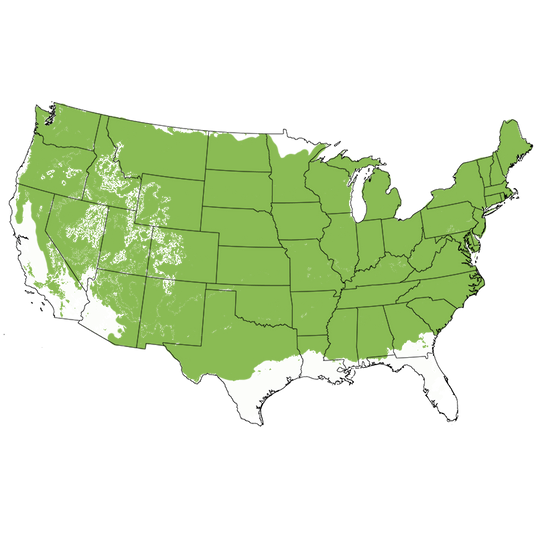
Growing Zones 4-8
Elfin Creeping Thyme - Tiny Groundcover - Big Charm
A carpet of pink, Elfin Creeping Thyme (Thymus serpyllum 'Elfin') is one of Ma Nature's most delightful miniature plants. This tiny, aromatic groundcover is beloved for its dense, mat-forming growth, tiny evergreen leaves, and soft pinkish-lavender summer blooms that invite pollinators!
Elfin blooms in early to mid-summer and releases a pleasant, earthy herbal scent when stepped on or brushed! Low-growing and slow-spreading, Elfin is a dwarf variety of Creeping Thyme, perfect for rock gardens, fairy gardens, patio cracks, or in between stepping stones!
True to its name, Elfin hugs the ground at less than 2-3 inches tall, spreading up to a foot or more over time. The teeny-tiny leaves are dark green and evergreen in mild climates, offering year-round visual appeal. The summer flowers are small but profuse, forming a pinkish carpet that softens the landscape and attracts bees and butterflies in droves. It rarely sets seed, focusing its energy on dense, tidy growth instead of invasive spreading.
>>Jump to Planting & Care Instructions
Key Features
- Dwarf, low-growing mat-forming perennial
- Aromatic foliage releases scent when touched
- Pinkish-lavender flowers bloom in early to midsummer
- Evergreen in areas with mild winters
- Supports pollinators like bees and butterflies
- Drought-tolerant and deer-resistant
- Ideal for footpaths, rock gardens, and fairy gardens!
Landscaping Uses
Use Elfin Creeping Thyme as a dense, fragrant, ground-hugging living mulch reaching 2-3 inches tall and spreading 12-18 inches wide.
Native to Europe and Western Asia, Elfin Creeping Thyme belongs to the Mint family (Lamiaceae), and like many of its cousins, it's hardy, drought-tolerant, and fragrant! This herbaceous perennial is a stalwart in xeriscaping and dry Mediterranean-style gardens!
- Between stepping stones and pavers - Handles foot traffic!
- Fairy gardens or miniature landscapes
- Container edging, spillers, or window boxes
- Rock walls and alpine garden pockets
- Xeriscapes, Rock Gardens, and herb spirals
- Lawn alternative for low-traffic areas
- Cascading over stone walls or raised beds
Care and Maintenance
It symbolizes courage and purification, often used in old-world folklore to ward off evil. Hardy in USDA zones 4 through 8, it's adapted to both heat and cold, handles some foot traffic, and thrives in lean, well-drained soil. This herbaceous perennial thrives with little fuss and is tough as nails in the right spot. It laughs at drought, loves full sun, and handles rocky or sandy soils with ease.
- Planting Time: Spring or early fall
- Sun Needs: Full sun is best for the most compact growth (6+ hours daily)
- Soil Needs: Well-drained soil; thrives in rocky, sandy, or poor soils; avoid clay or compacted soil unless amended
- Moisture Needs: Low moisture needs and drought-tolerant once established! Avoid overwatering or soggy soils
- Arborist Mulch: A 3?4 inch layer of fine bark mulch helps retain moisture and block weeds; compost is not necessary but may help in poor soils
- Fertilization Needs: Rarely needed; too much fertility reduces aromatic oils
- Pruning Info: Light shear after flowering to tidy up; no major pruning is needed
- Special Needs/Perks:
- Deer and rabbit-resistant
- Pollinator-friendly
- Tolerates foot traffic
- Cold hardy and heat tolerant
- Low maintenance and self-sufficient once established
- Division Info: Not necessary but can be divided in spring or fall to propagate or rejuvenate older plants
Small Plant, Mighty Impact
Whether you're weaving charm through stepping stones or conjuring fairy-tale pathways, Elfin Creeping Thyme is the answer. This pint-sized powerhouse is fragrant, tough, and pollinator-friendly. A low-maintenance dream for the landscape artist and herb gardener alike.
Buy now and Nature Hills will ship at the appropriate planting time for your growing zone.
Frequently Asked Questions
Is Elfin Creeping Thyme a good groundcover for walkways?
Yes, it handles light foot traffic and releases a lovely scent when stepped on. Ideal between stepping stones or pavers.
Does Elfin Creeping Thyme stay green year-round?
In zones 7?9, Creeping Thyme is evergreen. In colder zones, it may go semi-dormant but will return in spring.
How fast does Elfin Creeping Thyme spread?
It spreads slowly, making it ideal for controlled spaces. Expect a foot of spread over 2?3 seasons.
Can I grow Elfin Creeping Thyme in containers?
Absolutely! It's a wonderful spiller in shallow pots, window boxes, troughs, and fairy gardens.
Does Elfin Creeping Thyme attract pollinators?
Yes, its summer blooms attract bees, butterflies, and other beneficial insects.
What's the difference between Elfin and regular Creeping Thyme?
Elfin is a dwarf cultivar with smaller leaves and tighter growth. It's denser and slower-spreading than typical Thymus serpyllum.
Is Elfin Creeping Thyme edible?
Technically yes, but it's not typically grown for culinary use?it's best used as an ornamental.

